
Yoga is a transformative practice that offers numerous physical, mental, and emotional benefits. For those new to the world of yoga, it can seem overwhelming with its variety of styles and postures. This comprehensive guide will explore yoga for beginners, breaking down essential tips and insights to make the journey accessible and enjoyable.
Understanding Yoga: What Is It?
Yoga is an ancient practice rooted in Indian philosophy. It combines physical postures, breathing techniques, and meditation to promote overall well-being. The word “yoga” translates to “union,” symbolizing the connection between body, mind, and spirit. Engaging in yoga for beginners introduces individuals to this harmonious practice, laying the foundation for a fulfilling journey.
The Benefits of Yoga for Beginners
Improved Flexibility
Practicing yoga for beginners enhances flexibility by gently stretching muscles and increasing joint range of motion. Many find that regular practice leads to improved posture and reduced muscle tension.
- Enhanced Strength
Various yoga postures require strength and stability. Yoga for beginners builds core strength and toning, which can be beneficial for daily activities. - Better Mental Clarity
The focus on breathing and mindfulness in yoga promotes mental clarity. Beginners often experience reduced anxiety and improved concentration through regular practice. - Stress Reduction
The meditative aspects of yoga serve as an excellent stress reliever. Engaging in yoga for beginners provides a break from daily pressures, encouraging relaxation and tranquility. - Improved Balance
Many yoga postures emphasize balance, which can enhance coordination and prevent falls. This aspect of yoga for beginners is especially beneficial for individuals of all ages.
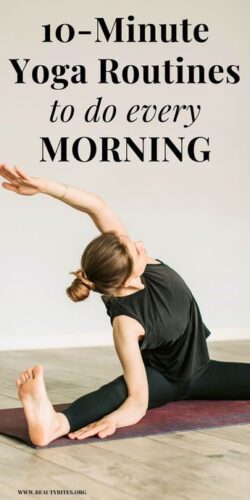
Getting Started: Choosing the Right Style of Yoga
Hatha Yoga
Hatha yoga is ideal for beginners. It focuses on basic postures and breath control, providing a solid foundation for further exploration of yoga styles. Classes typically move at a slower pace, allowing beginners to learn the fundamentals.
Vinyasa Yoga
Vinyasa yoga connects movement with breath. Beginners might find the flowing sequences both challenging and rewarding. This style encourages creativity and self-expression while developing strength and flexibility.
Yin Yoga
Yin yoga involves holding postures for an extended time, promoting deep relaxation. This style is excellent for beginners seeking a gentle introduction to yoga, focusing on the connective tissues and promoting flexibility.
Restorative Yoga
Restorative yoga uses props to support the body in various poses, encouraging relaxation. This style is perfect for beginners looking to unwind and relieve stress.
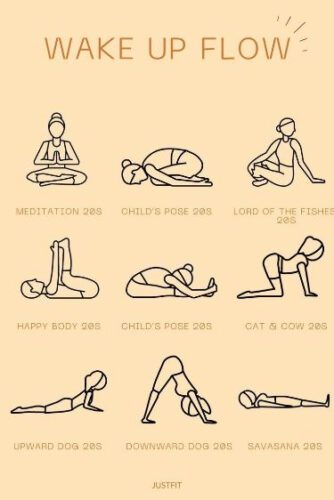
Essential Tips for Beginners
Start with the Basics
Focus on mastering a few basic postures before moving on to more complex poses. Common beginner postures include Mountain Pose (Tadasana), Downward Dog (Adho Mukha Svanasana), and Child’s Pose (Balasana). Practicing these poses builds a strong foundation for yoga.
Listen to Your Body
Yoga for beginners involves tuning into one’s body. Each person’s experience is unique, and it’s crucial to listen to any signs of discomfort. If a pose feels painful or too challenging, modify it or take a break.
Use Props
Props like blocks, straps, and bolsters can enhance the yoga experience. Beginners often benefit from using these tools to support their practice and achieve proper alignment in postures.
Establish a Regular Practice
Consistency is key in yoga. Set aside time each week for practice. Whether attending a class or practicing at home, regular engagement in yoga for beginners fosters progress and encourages growth.
Find a Community
Joining a yoga class or online community can enhance the experience. Connecting with others on a similar journey provides support and motivation, making the practice more enjoyable.
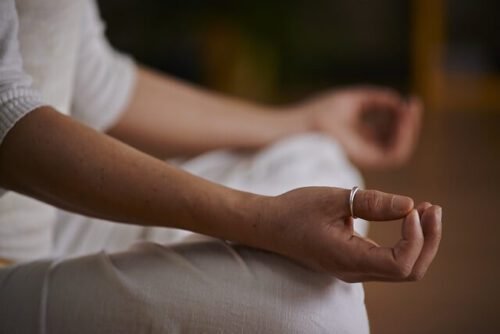
Focus on Breath
Breathing plays a vital role in yoga. Learning how to breathe deeply and consciously enhances the practice. Focusing on breath helps calm the mind and deepen the connection between body and spirit.
Be Patient
Yoga is a lifelong journey. Progress takes time, so patience is essential. Yoga for beginners focuses on gradual improvement rather than perfection.
Set Realistic Goals
Establish achievable goals for your practice. Whether improving flexibility or reducing stress, setting clear intentions helps maintain motivation. Celebrating small victories along the way boosts confidence and enjoyment.
Experiment with Different Styles
Exploring various styles of yoga exposes beginners to different practices and philosophies. Each style offers unique benefits, so trying different classes keeps the practice fresh and exciting.
Keep an Open Mind
Approach yoga with curiosity and an open heart. Embrace the experience without judgment. Each practice offers something new, whether a physical challenge or a moment of clarity.

Common Mistakes to Avoid
Skipping Warm-Up
Warming up is essential in yoga. Beginners should never skip warm-up exercises to prepare the body for practice. This step prevents injuries and enhances performance.
Overexerting
Avoid pushing beyond limits. Practicing within one’s capabilities is crucial for a safe and enjoyable experience. Yoga for beginners emphasizes gentle exploration rather than intense exertion.
Neglecting Alignment
Proper alignment ensures safety and effectiveness in yoga. Beginners should pay attention to body positioning to avoid strain and maximize benefits. Seeking guidance from instructors can help with alignment.
Comparing to Others
Every yoga practitioner’s journey is unique. Beginners should refrain from comparing themselves to others in class. Focusing on personal growth and experience promotes a positive practice.
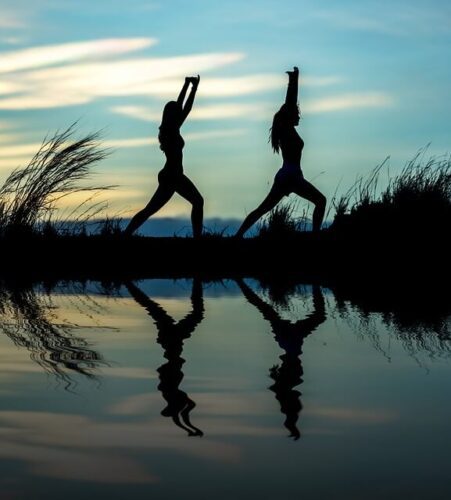
Finding Resources for Your Practice
Online Classes
Numerous online platforms offer yoga classes suitable for beginners. Websites and apps provide access to guided sessions, allowing flexibility in practice times and styles.
Yoga Studios
Local studios often host classes specifically designed for beginners. Attending in-person classes fosters community and provides opportunities for hands-on adjustments from instructors.
Books and Videos
Many books and videos cater to yoga for beginners. These resources offer insights into postures, philosophy, and breathing techniques, making them valuable additions to any practice.

Conclusion
Yoga for beginners opens the door to a fulfilling and transformative journey. By understanding the fundamentals, exploring different styles, and following essential tips, newcomers can enjoy the numerous benefits of this ancient practice. Embrace the journey, stay patient, and watch as yoga enriches your life in countless ways. As you progress, remember that each step taken on the mat contributes to your growth, both physically and mentally. Start your yoga adventure today, and discover the beauty of this life-changing practice.
FAQs
1. What do I need to start practicing yoga?
To start practicing yoga, you need a yoga mat, comfortable clothing that allows for movement, and a water bottle. Props such as blocks, straps, and bolsters can enhance your practice, especially as a beginner.
2. How often should beginners practice yoga?
Beginners should aim to practice yoga at least 2-3 times a week. Consistency is key to building strength and flexibility, but it’s essential to listen to your body and allow time for rest and recovery.
3. Do I need to be flexible to do yoga?
No, you don’t need to be flexible to start practicing yoga. Yoga helps improve flexibility over time, and everyone progresses at their own pace. Focus on your personal journey rather than comparing yourself to others.
4. What style of yoga is best for beginners?
Hatha yoga is often recommended for beginners due to its focus on basic postures and slower pace. Other beginner-friendly styles include Yin yoga and Restorative yoga, which emphasize relaxation and gentle movements.
5. Can I practice yoga at home?
Yes, you can practice yoga at home. There are many online classes and videos available for beginners, allowing you to create a home practice that fits your schedule. Just ensure you have enough space and the right resources.
6. Is it necessary to attend yoga classes?
While attending classes can be beneficial for guidance and community support, it’s not necessary. Many beginners start at home using online resources and eventually transition to classes as they gain confidence.
7. How long should a beginner’s yoga session be?
Beginners can start with shorter sessions of 20-30 minutes and gradually increase the duration as they become more comfortable. Even a brief practice can be effective if focused and intentional.
8. What if I feel pain during yoga?
If you experience pain during yoga, it’s important to stop and assess your body. Modify the pose or skip it entirely. Yoga should not cause pain; discomfort may indicate improper alignment or overexertion.
9. Is yoga a workout?
Yes, yoga can be a workout, especially styles like Vinyasa or Power yoga. However, it also incorporates mindfulness and relaxation, distinguishing it from more traditional workout routines.
10. Can yoga improve mental health?
Yes, yoga has been shown to reduce stress, anxiety, and depression. The combination of movement, breathwork, and meditation helps to create a sense of calm and mental clarity.

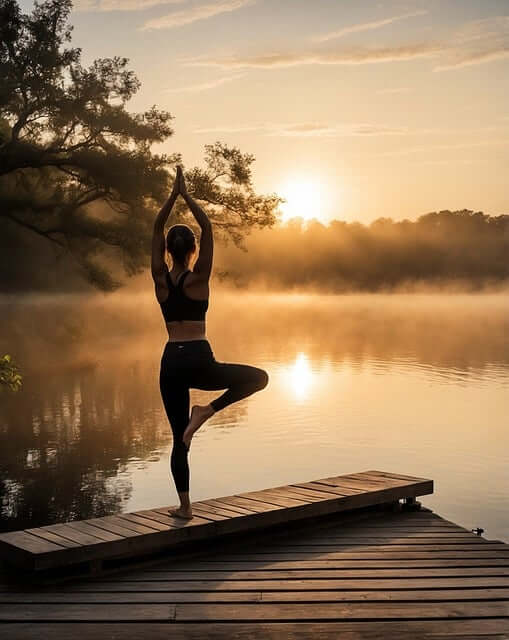
Leave a Reply